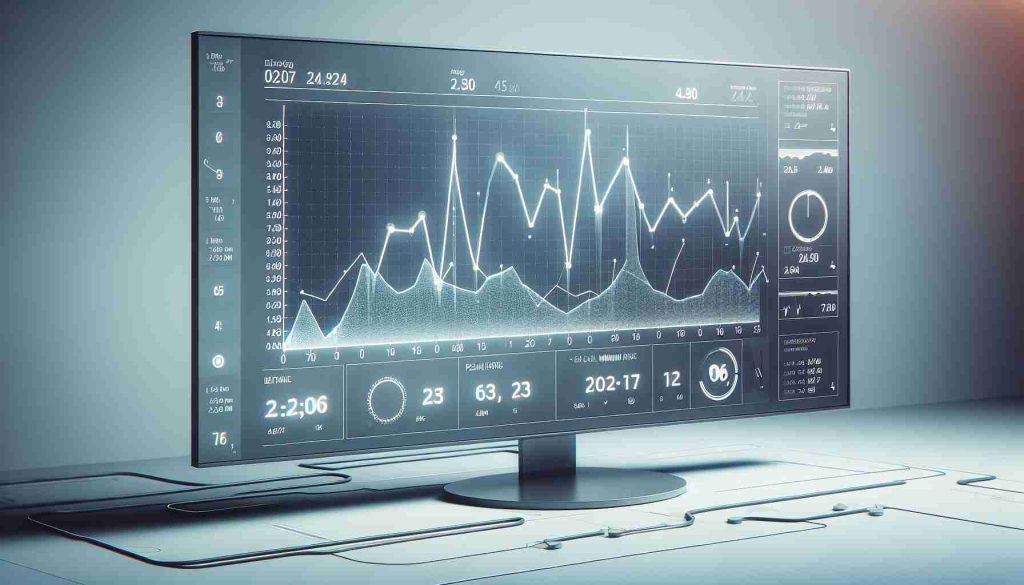The day of 25th August 2024 saw a variation in electricity prices, showcasing different rates throughout the day.
Price Ranges:
Average Price of the Day: 0.075 €/kWh
Lowest Price of the Day: With a value of 0.03108 €/kWh recorded between 11:00 to 12:00 hours.
Highest Price of the Day: Peaking at 0.16786 €/kWh between 21:00 to 22:00 hours.
Hourly Price of kWh:
– 00h-01h: 0.12234 €/kWh
– 01h-02h: 0.10806 €/kWh
– 02h-03h: 0.10162 €/kWh
– 03h-04h: 0.09159 €/kWh
– 04h-05h: 0.05574 €/kWh
– 05h-06h: 0.05372 €/kWh
– 06h-07h: 0.06118 €/kWh
– 07h-08h: 0.06104 €/kWh
– 08h-09h: 0.05024 €/kWh
– 09h-10h: 0.03485 €/kWh
– 10h-11h: Varies
These fluctuations in electricity prices demonstrate the dynamic nature of the market, impacting consumers and providers alike. Keeping track of such variations can aid individuals and businesses in optimizing their energy consumption strategies and making informed decisions regarding their electricity usage.
Exploring Implications of Electricity Price Fluctuations on 25th August 2024
On the eventful day of 25th August 2024, electricity prices exhibited a rollercoaster of fluctuations, painting a vivid picture of the dynamic nature of the energy market. While the previous article highlighted the average, lowest, and highest prices recorded, there are further insights that delve into the intricacies of this price variation.
Additional Insights:
Market Demand Influence: One crucial aspect influencing the fluctuating electricity prices is the market demand during specific hours of the day. Understanding how consumer behaviors impact pricing can shed light on patterns that may guide future consumption strategies.
Renewable Energy Contribution: The role of renewable energy sources in contributing to price shifts is noteworthy. The availability of solar or wind power can influence pricing dynamics, especially during peak generation hours.
Supply Chain Challenges: Behind the scenes, challenges within the energy supply chain, such as distribution constraints or production delays, can also contribute to price instabilities, affecting end-users.
Key Questions and Answers:
1. What factors drive these price fluctuations?
Price variations are primarily influenced by supply and demand dynamics, operational costs, government regulations, weather conditions impacting renewable generation, and energy market policies.
2. How can consumers adapt to these changes?
Consumers can optimize energy consumption by leveraging smart technologies, time-of-use tariffs, and energy storage solutions to align usage with lower price periods.
Advantages and Disadvantages:
Advantages:
– Opportunity for cost savings by adjusting consumption habits based on pricing patterns.
– Encouragement for renewable energy adoption due to price incentives during high generation periods.
– Market transparency that enables informed decision-making for both consumers and providers.
Disadvantages:
– Potential for increased complexity in energy planning for consumers.
– Vulnerability to unexpected price surges, impacting budget forecasts for businesses.
– Challenges in regulatory frameworks to address price volatility sustainably.
In conclusion, understanding the complexities of electricity price fluctuations on a day like 25th August 2024 is essential for stakeholders across the energy sector. By analyzing the underlying factors, potential challenges, and strategies for adaptation, individuals and businesses can navigate the ever-changing landscape of electricity pricing with greater resilience.
For more information on energy market trends and pricing dynamics, visit EnergyMarketInsights.com.










More Stories
Changes in the Tax System for Independent Workers in 2025
Hotelbeds Group Plans IPO to Reduce Debt
New Lottery Draw Report: No Jackpot Winners!